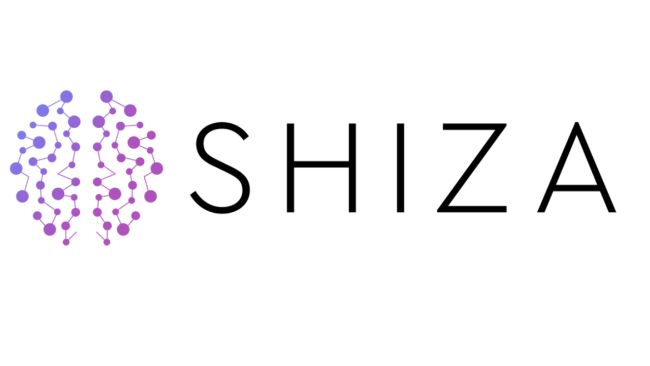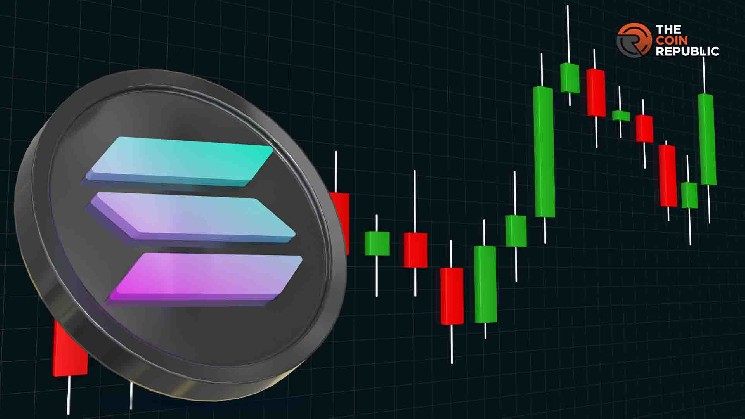The new Sonic update of Fantom revolutionizes DeFi with record performance, cross-chain solutions, and yield farming strategies for users and developers. Discover everything you need to know to not miss the next trend.
The world of decentralized finance (DeFi) is enriched by a new protagonist: Sonic, the latest update of the Fantom blockchain. With a capacity of over 10,000 transactions per second (TPS) and finalization times of less than 2 seconds, Sonic presents itself as one of the fastest and most scalable Layer-1 networks in the crypto landscape.
But performance is not everything. Sonic introduces structural innovations designed to attract developers, enhance DeFi, and provide users with new yield opportunities. From the new SonicVM virtual machine to a revolutionary incentive system, and a cross-chain bridge with Ethereum, Sonic aims to become a reference point for those seeking efficiency, scalability, and profitability in DeFi.
SonicVM: the new virtual machine that surpasses the EVM
The technological heart of Sonic is SonicVM, a next-generation virtual machine designed to overcome the limitations of the Ethereum Virtual Machine (EVM). Compatible with the smart contracts of Ethereum, SonicVM ensures:
- Faster executions (measured in milliseconds).
- Lower latency in complex operations.
- Better energy efficiency, reducing the computational load.
These characteristics allow for the development of more sophisticated DeFi applications, without sacrificing security and interoperability with Ethereum.
Why is it important?
The adoption of SonicVM allows developers to build more scalable and faster dApps, breaking down the barriers related to costs and execution times.
SonicDB: the solution for efficient and scalable storage
Another pillar of Sonic is SonicDB, the new data storage engine. Unlike traditional models, SonicDB divides data management into:
- LiveDB: for active data and current transactions.
- ArchiveDB: for the transaction history, optimizing space and performance.
- Sync Service: to speed up synchronization between the nodes of the network.
This architecture allows Sonic to avoid data bloat and maintain high network efficiency even with high volumes.
Sonic Gateway: the bridge with Ethereum for a cross-chain DeFi
Sonic integrates a native bridge with Ethereum, called Sonic Gateway, which allows assets to be moved between the two blockchains in a fast and secure way:
- Transactions are verified on Ethereum.
- The funds are transferred and finalized quickly on Sonic.
- The operations are managed in batch mode, ensuring scalability and reduced costs.
What does it mean for the user?
You can transfer liquidity from Ethereum to Sonic to take advantage of DeFi opportunities on this new network, with fast times and low fees.
Tokenomics: the new model to incentivize developers and users
With Sonic, the token $S also debuts, initially pegged to $FTM. In addition to the classic staking and governance model, Sonic introduces Fee Monetization (FeeM):
- Developers who join FeeM can earn up to 90% of the transaction fees generated by their dApps.
- If they do not adhere, 50% of the fees are burned (deflationary mechanism), while the remaining 50% fuels incentives for the ecosystem.
This structure rewards innovation and stimulates the growth of the network, creating a sustainable environment for both users and builders.
Stablecoin and DeFi yield strategies: a $1 billion ecosystem
One of the strengths of Sonic is the integration with the stablecoin sUSD, which has already reached a capitalization of nearly 1 billion dollars. The Sonic ecosystem offers advanced yield farming strategies:
1. Silo V2 Loop Lending
- System of loans with leverage up to 10x.
- Potential yield: up to 90% APY.
2. Euler + Rings Protocol
- Aggregation of rewards across different platforms.
- Increase in yields thanks to cross-chain strategies.
3. Shadow DEX Liquidity Provision
- Provide liquidity on Shadow DEX.
- Obtain trading commissions and reward points in $S tokens.
Furthermore, the ecosystem offers hedging tools against volatility, protecting your investments from market fluctuations.
Adaptive AMM and LLAMMA model: innovations in DeFi infrastructure
Sonic does not just replicate existing logics but optimizes them:
- With the FlyingTulip DEX, Sonic adopts an adaptive AMM, inspired by Curve V2, but with faster updates and a lower capital requirement (about $500,000 compared to Curve’s million).
- The modello LLAMMA, applied to loans, allows for dynamically adjusting the Loan-to-Value (LTV), avoiding immediate liquidations and better managing risks.
Conclusions
With Sonic, Fantom is positioning itself to become one of the most advanced DeFi platforms in the industry, thanks to:
- Exceptional network performance (10,000 TPS).
- Cross-chain innovations for a borderless DeFi.
- Intelligent incentive models to attract developers and capital.
- Competitive yield farming strategies for users.
Don’t miss the updates on the DeFi world and the latest news from Fantom!
Follow us on Cryptonomist.ch to stay informed and discover the best opportunities in the crypto sector.















Leave a Reply